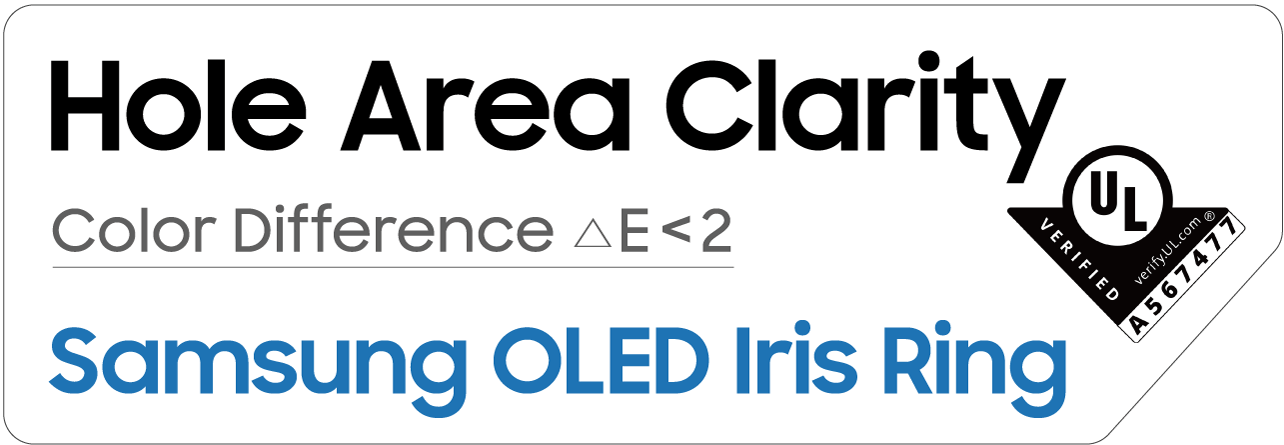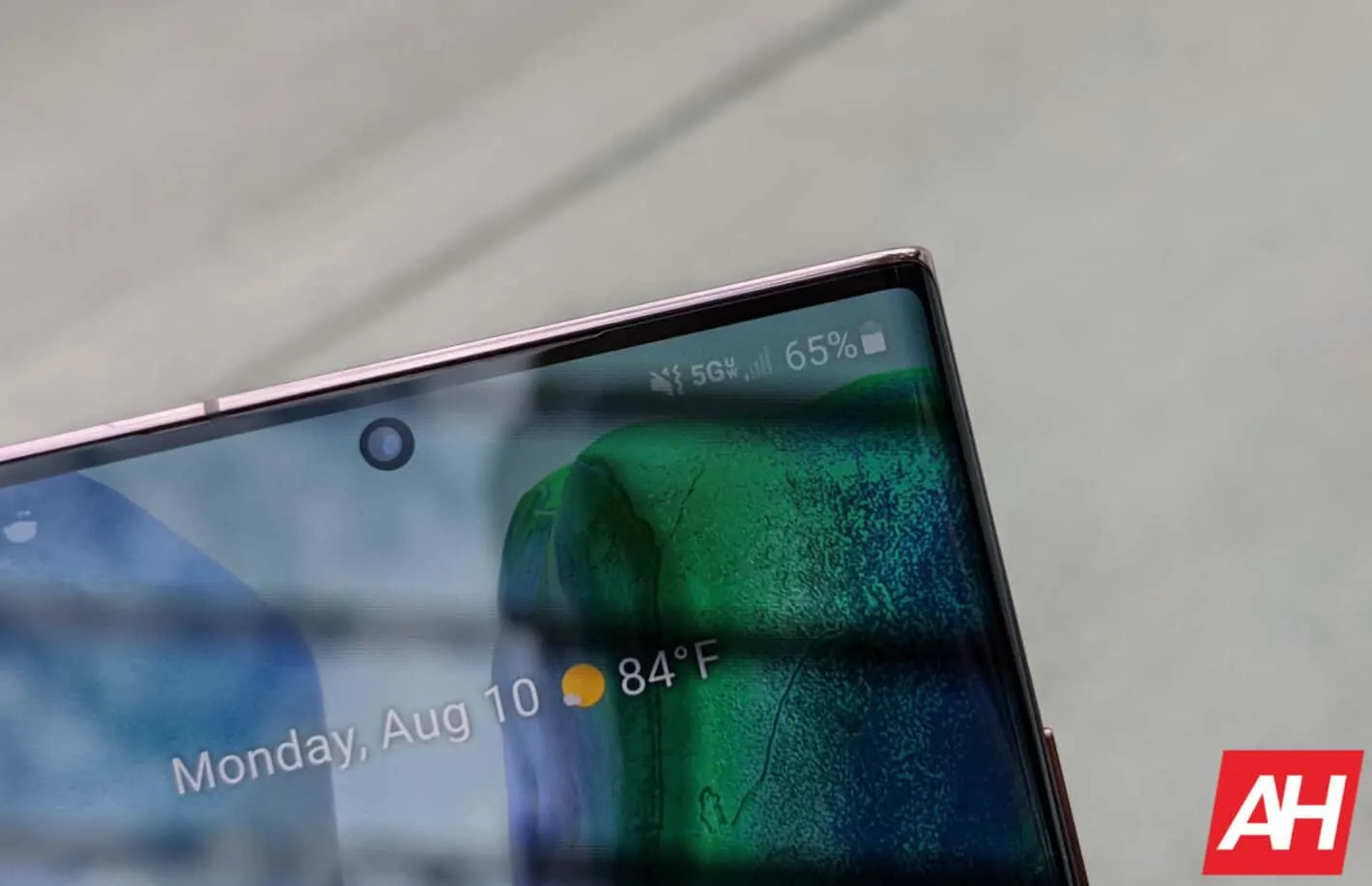If you thought Samsung’s flagships had a poor showing this year, think again. Because the Galaxy Note 20 series just received a high-profile certificate recognizing the engineering excellence of it hole-pin cutout. The display hole, that is.
Vouching for this achievement is UL, formerly known as Underwriters Laboratories, a renowned product certification agency. The Illinois-based company attested the Galaxy Note 20 Ultra 5G‘s 6.9-inch display as absolutely unprecedented in terms of seamless perforations.
It even awarded an identical hole brilliance rating to the Galaxy Z Fold 2, thus further solidifying Samsung’s mobile innovation leadership throughout 2020. A press release commemorating this hardware breakthrough suggested this is just the beginning of Samsung’s circular cutout dominance.
There’s even a wholesome sticker immortalizing this pivotal point in smartphone history that you can view below.
One small hole for a Galaxy Note, one giant hole in Samsung’s 2020 marketing strategy
Sardonic introductions aside, UL’s Hole Area Clarity certification holds some legitimate technological significance. Primarily on account of confirming Samsung perfected the art of cutting camera holes in modern display panels.
The areas surrounding the two flagships’ Infinity-O circlets are virtually indistinguishable from the rest of their Super AMOLED screens. And their transitional color deviations are so minuscule that they amount to under two Delta E in total.
That’s based on a painstakingly scrupulous 12-point perimeter sample; which is the epitome of an overkill for measuring something as inconsequential as camera hole seamlesness.
We’re talking about a uniformity level so remarkable that Samsung bestowed it with a name, branding the milestone “Iris Ring.” Elitist? Sure. Undeserved? Actually… no, not really.
Annual mediocrity status: celebrating holes in glass
With that said, there’s a fine line between acknowledging minor product innovation and grasping at marketing straws. If you’re the world’s leading smartphone brand, a pair of hole excellence certificates belongs firmly to the latter category. Yet Samsung got a bit carried away this week.
It happens, especially amid such an utterly underwhelming year that 2020 ended up being for the upper bracket of the Galaxy family.
Between a categorically average battery life, mediocrity incarnate that is the Exynos 990, and an outright hostile pricing strategy, the latest generation of Galaxy flagships doesn’t have a lot going for it; at least if directly compared to pretty much any premium smartphone range launched in recent memory, including Samsung’s 2019 devices.
And nothing drives that point home as Samsung’s self-indulgent celebration of circles dominating this week’s agenda at the conglomerate. It’s pretty surreal to witness the world’s top Android smartphone manufacturer scrambling to give the full PR treatment to such a tangential milestone.
Yet here we are, eight months and half a dozen $1,000 smartphone models into the year… looking at Samsung boasting about its mastery of cookie-cutting glass. UL’s 5G-ready display label the Galaxy S20 family earned this spring looks like a Nobel-worthy breakthrough in comparison.
Let’s just hope we’re in for a decidedly pivotal device generation next year. Because 2020 gave us arguably the weakest follow-ups in over a decade of Samsung’s tick-tock product strategy.


